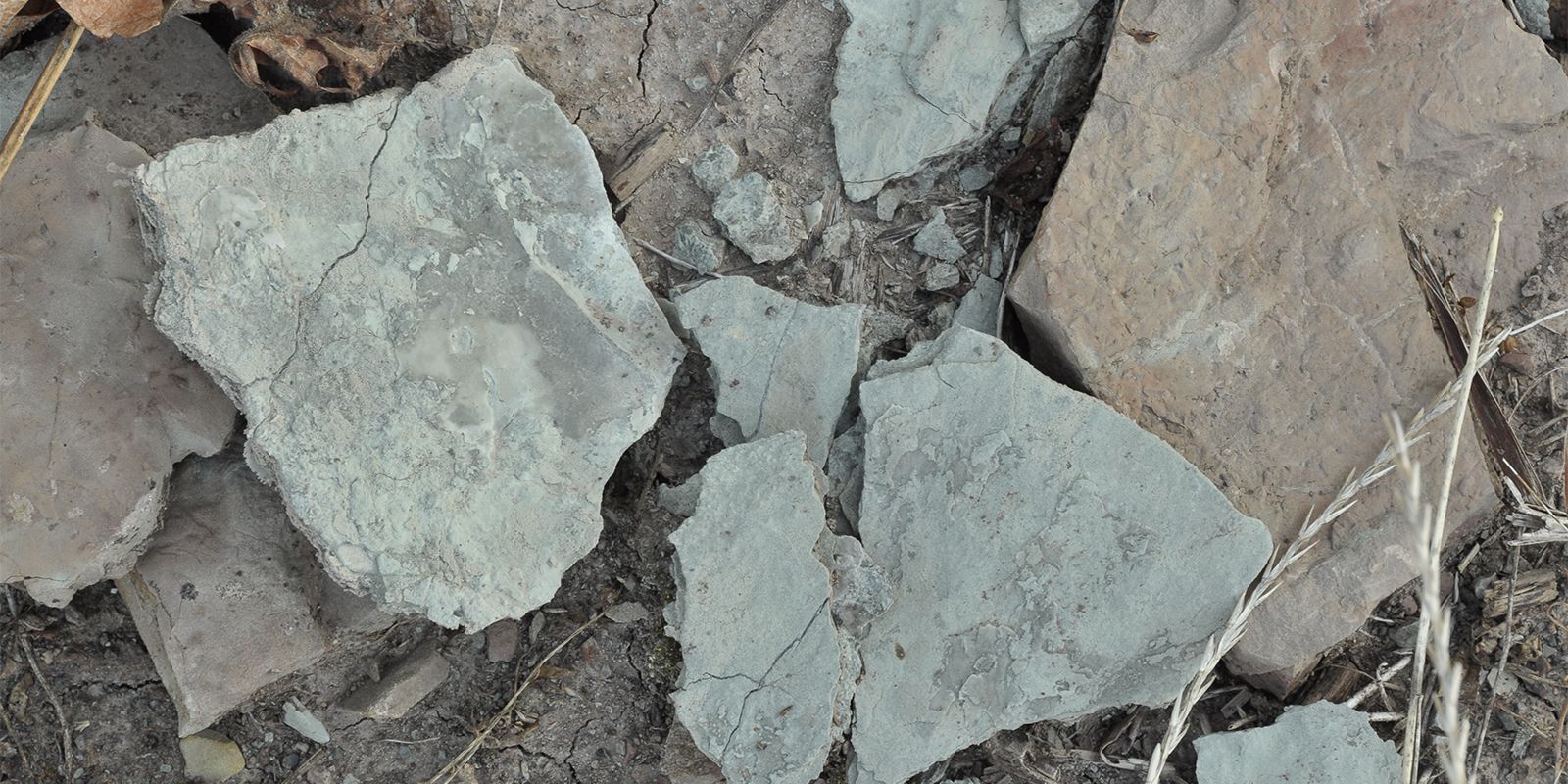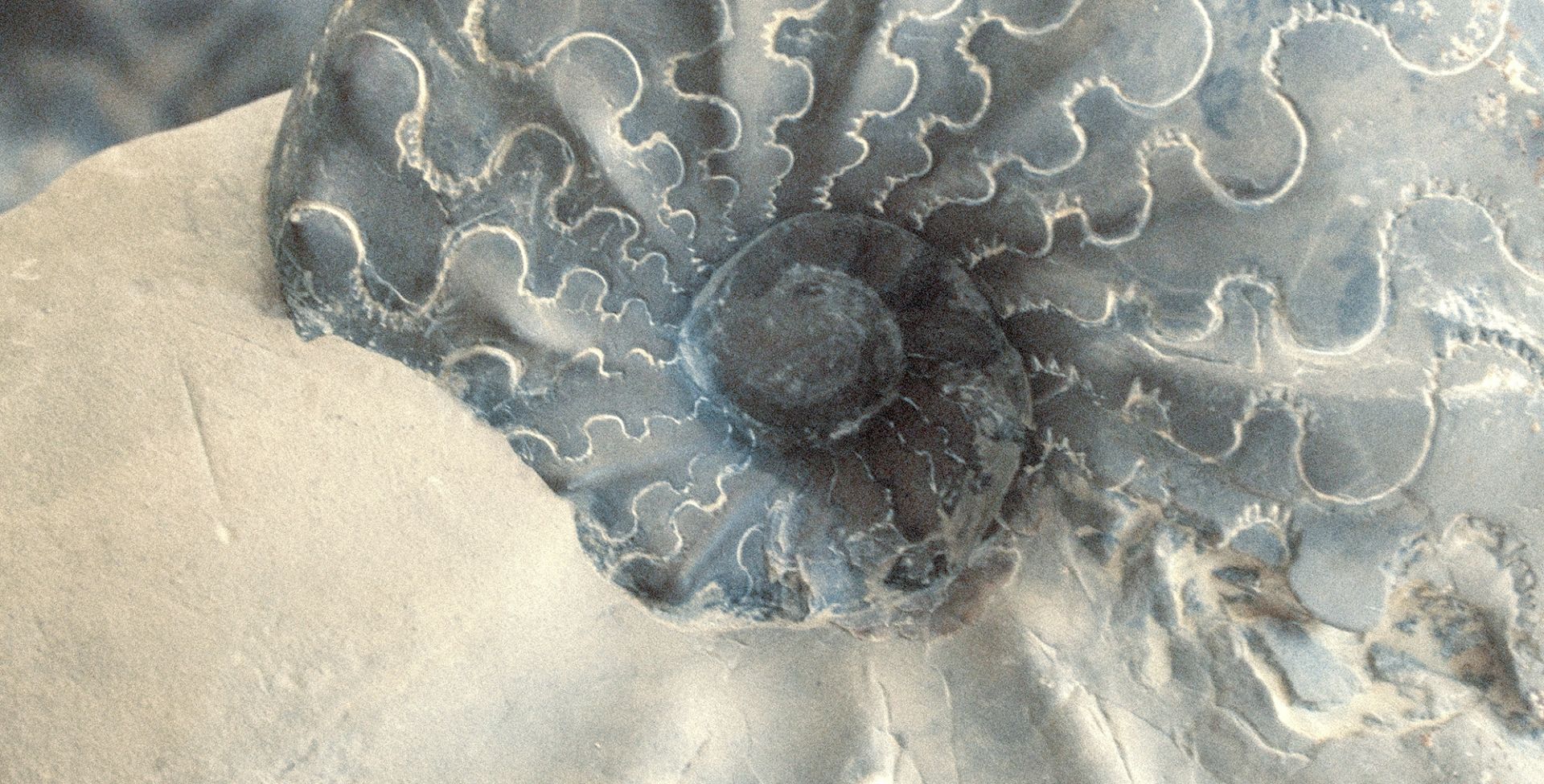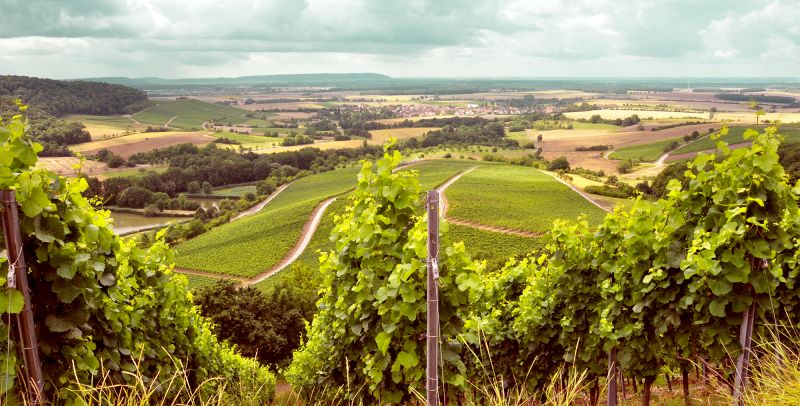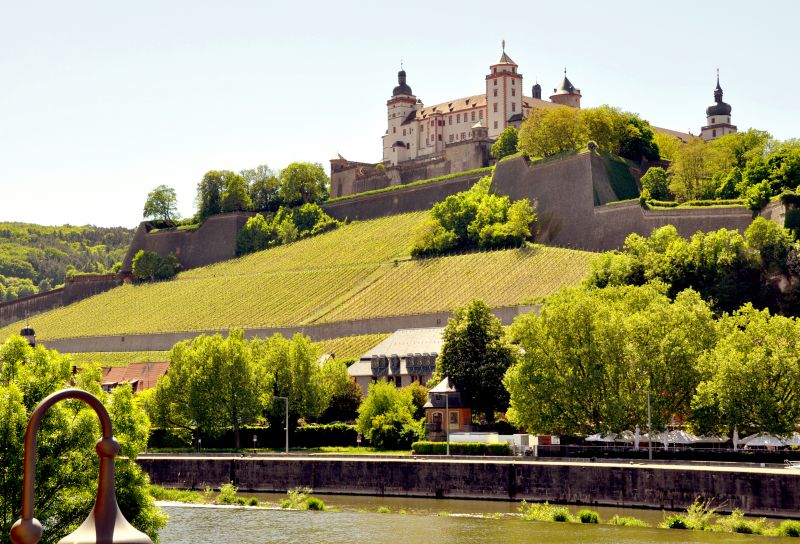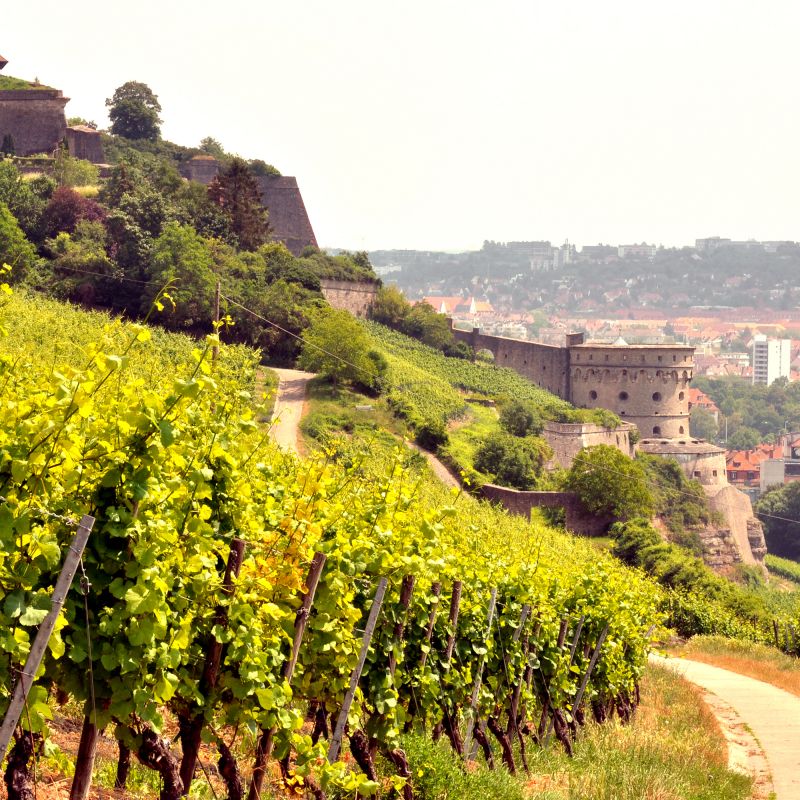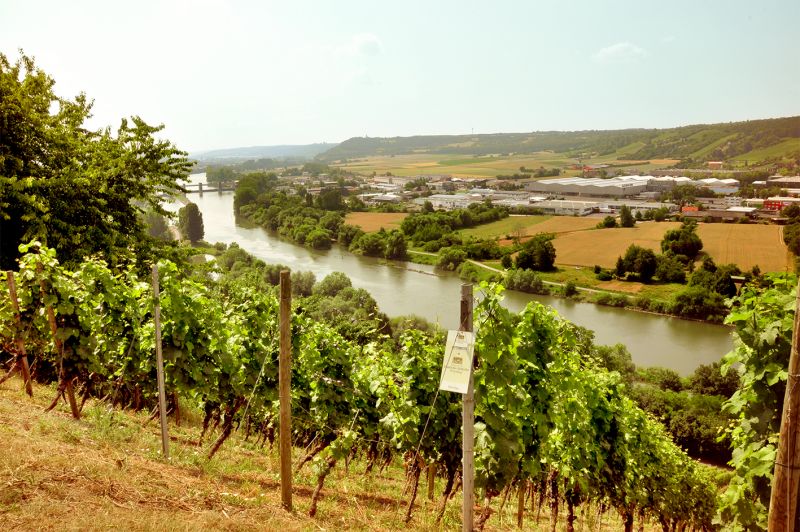Terroir
Unique on 4 terroirs.
We grow with our vines. Like our vines, our interaction with nature extends over the entire wine-growing region of Franconia. In each vineyard we carefully observe the ecological processes and produce our harvest on the premise of preserving nature and protecting the environment.
For centuries, the winegrower has been used in art, literature or philosophy as a metaphor for diligence and the pursuit of cultivation. Only when special sites and enthusiastic people come together are excellent wines created. Therefore, it is our aspiration to practise harmonious cultivation in close connection between man and nature.
The special geological nature of Franconia blesses us with four different rock formations from Hörstein on the Lower Main river to Handthal in the Steigerwald forest.
Thus, we create lively and delicate wines on primary rock; elegant and earthy notes on shell limestone; strikingly fruity wines on gypsum keuper and red wines full of character on warm red sandstone. Along the Main River, we thus express the diversity of the region and provide taste journeys through this lively wine landscape.
Keuper
The Keuper epoch began after another 10 to 15 million years. The described basin had lost depth due to the deposition of red sandstone and shell limestone. There were lagoons, marshes, and rivers where shellfish and fish lived. Lush and diverse horsetails, ferns and conifers grew on land. Many sediments were also deposited during this epoch.
In addition to mudstones, clays, and clay marls, also called "leats" when wet, gypsum and sandstones occur in large quantities.
∴
Shell limestone
10 to 15 million years after deposition of the sandstone layer, the sea, rich in shells and calcareous algae, flowed into the shallow basin of present-day Lower Franconia. Flooding and dry periods alternated, forming the numerous sedimentary layers of the clayey Muschelkalk.
∴
Red sandstone
The red sandstone is 240 to 250 million years old. From high mountains that disappeared long ago, weathered elements eroded by rivers were washed into depressions and spread out there. These deposits are sometimes coarse-grained, sometimes clayey or fine sandy.
The red sandstone, which is predominantly composed of quartz grains, is conspicuous in the landscape because of its red coloration, which comes from the high iron content.
∴
Urgestein
Urgestein is the older term for the metamorphic rocks, e.g. gneiss, mica schist, which are considered to be the first rocks of the earth's crust; likewise for the older deep rocks (granite, etc.). The soil types mottled sandstone, shell limestone and keuper have developed from the primary rocks.

